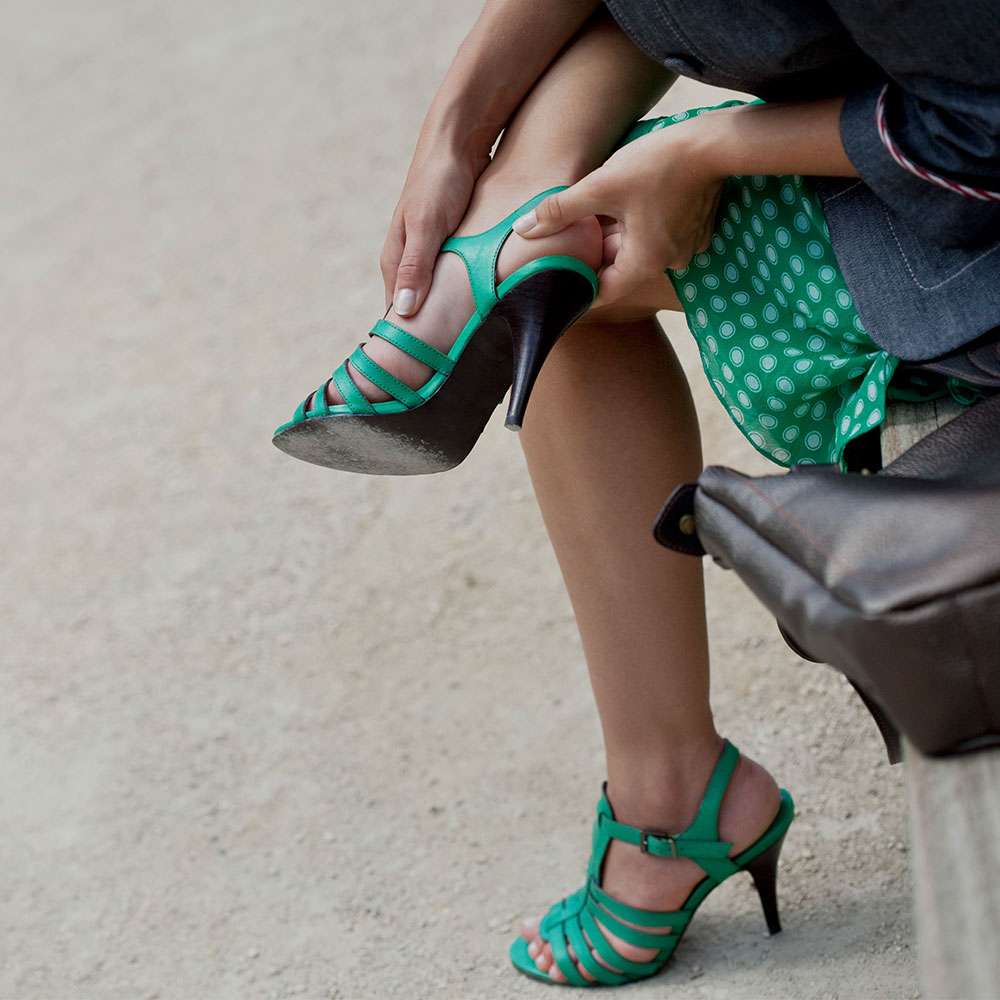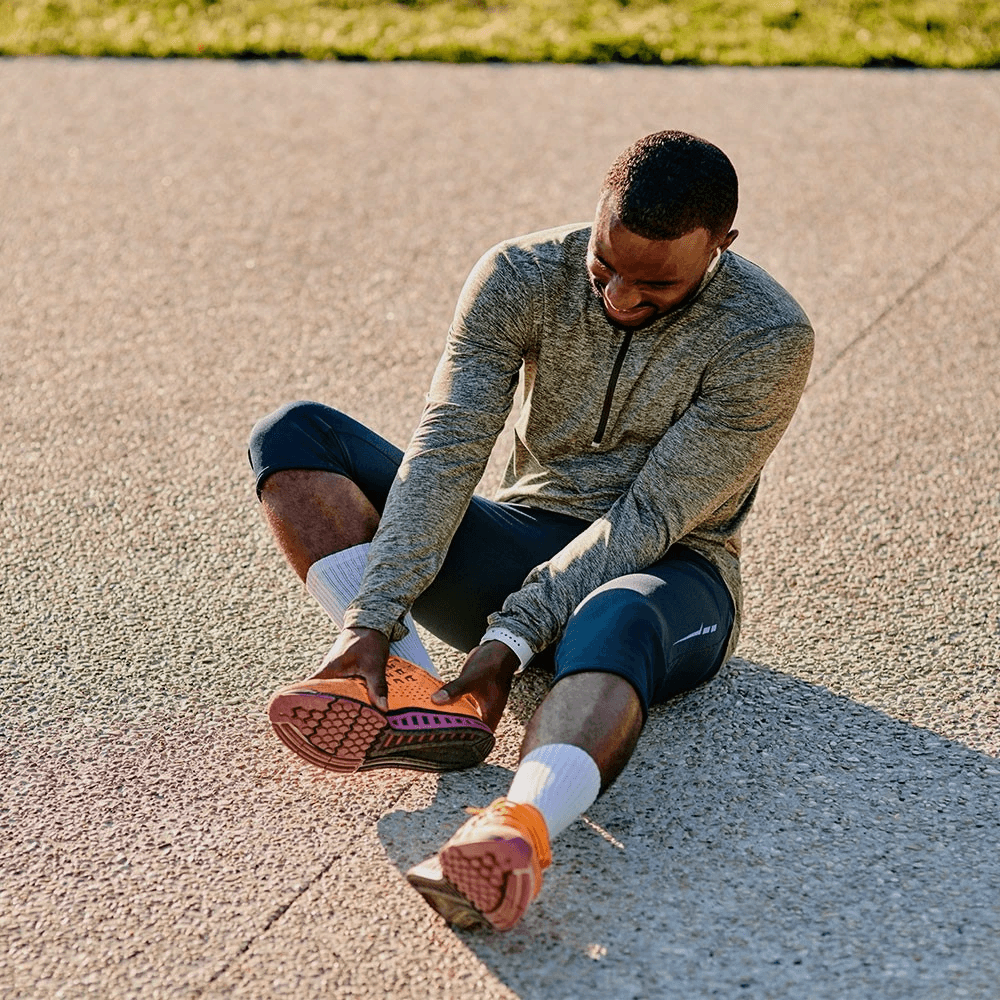How to Treat Foot Blisters
How to treat your blister with Compeed® in 3 easy steps
Preparation
Clean the affected area gently with soap and water.
Cover with a specialist Compeed® Blister plaster
Keep it clean, dry, and protected from further friction and stress.
Avoid popping the blister
Should the blister burst on its own, leave the dead skin intact and cover with a new plaster.
Learn how to heal Blisters faster with Compeed® by using our advanced Hydrocolloid Technology for blister treatments.

Excessive screen time, stress, work, and traffic are all common issues most of us have to deal with on a daily basis. One of the best ways to restore the balance in our lives is get back into nature. There’s no better way to connect with the great outdoors than on a hiking trip through the countryside. Close your eyes and just think about it; the beautiful trees swaying in the breeze, the fresh smell of the forest, the serene peace and quiet. The state of wellbeing that comes over us, even after an hour in the open air is incredibly rewarding and fulfilling. Finally, all the stress starts to leave your body as your lungs fill with fresh air. But this new-found joy can be gone in an instant when you’re a long way into your hike and you start to get a blister.

Nothing takes the fun out of running like a blister on your foot – whether it’s causing a bit of discomfort with every stride, or hurting so much it becomes virtually impossible for you to continue running at all.

Blisters often heal on their own without treatment. New skin will form underneath the affected area and the fluid is simply reabsorbed. The fluid-filled blister keeps the underlying skin clean, which prevents infection and promotes healing. Applying a cold or ice pack may temporarily help reduce swelling and discomfort. However, blisters can often be very painful so treating with a specialist blister plaster like Compeed®, can help because the cushioning relieves the pressure which reduces the pain.

The most common type of foot blister for most people is the friction blister. They are those pesky pockets of fluid that form on your foot in the upper layers of skin after too much stress and friction with your shoes. They are formed as the top layer of skin tears away from the tissues below, plasma-like fluid leaks from the cells and begins to fill the gap, cushioning the tissue from further damage.
FAQ
Got questions? We’ve got you covered!
Blisters develop as a result of repeated friction and rubbing, often from tight or ill fitting shoes
Blisters are fluid filled lesions that develop in response to repeated friction on the skin. Open blisters can be very painful and take up to 7 days to heal (individual experiences may vary (individual experiences may vary.)
If you're wearing shoes that make you more prone to blisters protect your feet from rubbing and friction with Compeed Blister Plasters. You can also prevent blisters by wearing two pairs of thin socks when exercising. Be sure to read our full blister prevention advice.
Blisters can take several days to heal. Treatments focus on protecting the blister from further friction. Apply a Compeed plaster to prevent further blistering and provide instant pain relief.
